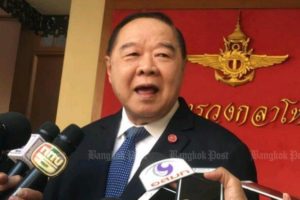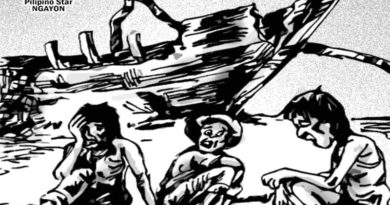OP ED EDITORIALS & CARTOONS: … HENRY SY TRIBUTE
ASEANEWS EDITORIAL & CARTOONS:
PHILIPPINE NEWS EDITORIALS:
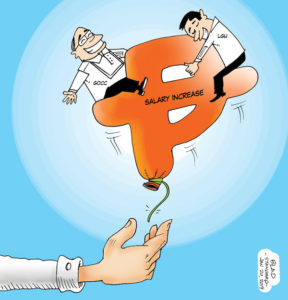
.
The Manila Times – …. …HENRY SY TRIBUTE
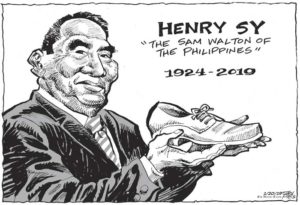

.
The Philippine Star – The rights of persons with HIV

Pilipino STAR Ngayon – Mga ‘balyena’ ang lambatin huwag mga ‘dilis’

SINGAPORE’S The Straits Times

Please, don’t give the arts a pass
.
.
In his maiden speech in Parliament, Nominated Member of Parliament Terence Ho mooted the idea of a “Culture Pass” with credits for Singaporeans to buy tickets for arts and cultural events. The idea is a good one. A model exists in the form of ActiveSG dollars. In the latter scheme, $100 is available for all Singaporeans and permanent residents to use at public pools and sports facilities.
But sports facilities are relatively inexpensive to access, ranging from $1 for public pools to $3.50 for an hour on a badminton court. Arts events are usually priced higher, with tickets to black box productions starting at $20 and bigger productions often charging upwards of $100.
TO READ THE FULL ARTICLE:
https://www.straitstimes.com/opinion/st-editorial/please-dont-give-the-arts-a-pass
.
THAILAND’S Bangkok Post – Prawit’s joke in bad taste
Deputy Prime Minister Prawit Wongsuwon jokes about the Nairobi terrorist attack to reporters on Thursday. (Twitter/@wassanananuam)
.
As one of the country’s leaders, Deputy Prime Minister Prawit Wongsuwon should be keen to avoid bad jokes, especially ones that — due to a lack of sensitivity — could hurt the feelings of people in mourning, not to mention embarrass Thailand diplomatically.
.
Unfortunately,… READ MORE: https://www.bangkokpost.com/opinion/opinion/1613146/prawits-joke-in-bad-taste
ADS by Cloud 9:
.
– SPACE RESERVE FOR YOUR ADVERTISEMENT –
.
.
 All photographs, news, editorials, opinions, information, data, others have been taken from the Internet ..aseanews.net | [email protected] |.For comments, Email to :D’Equalizer | [email protected] | Contributor
All photographs, news, editorials, opinions, information, data, others have been taken from the Internet ..aseanews.net | [email protected] |.For comments, Email to :D’Equalizer | [email protected] | Contributor

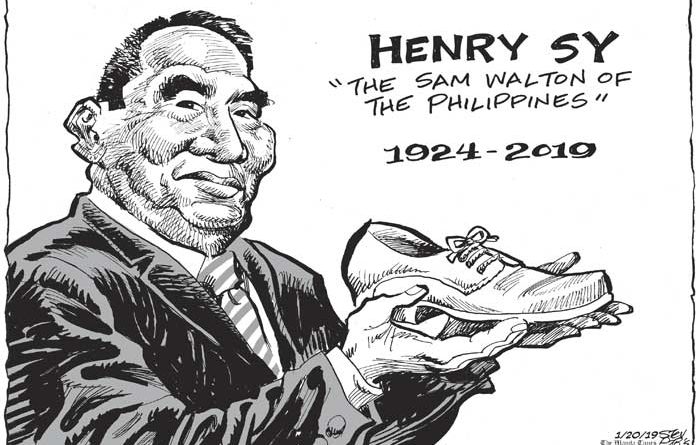
.jpg)
